1. The Toaster (1920s)
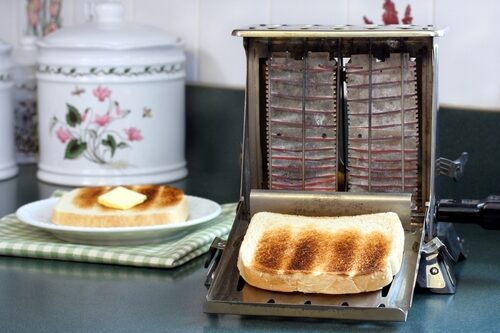
The pop-up toaster was one of the first kitchen gadgets that made Americans feel like they were living in the future. Introduced widely in the 1920s, it transformed breakfast routines by letting people make perfect toast without standing over a pan. The Toastmaster, launched in 1926, became an instant hit for its simplicity and safety. Before that, people literally had to hold bread over an open flame—hardly the relaxing morning ritual we know today.
Its popularity signaled something bigger: the rise of the modern electric kitchen. With more homes getting electricity, the toaster showed what small appliances could do for convenience. It also marked the beginning of brand loyalty in home appliances, as companies like Sunbeam and General Electric competed to design sleeker, faster models. The toaster became an icon of progress sitting right there on the counter.
2. The Refrigerator (1930s)
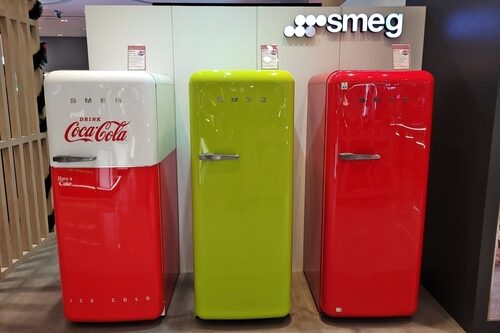
Before electric refrigerators, Americans relied on iceboxes—literal boxes cooled by giant blocks of ice. When home refrigerators became affordable in the 1930s, they changed everything about food storage and safety. Suddenly, leftovers lasted longer, and families could buy perishables without worrying about spoilage. It also cut down on daily trips to the market, giving homemakers more time and freedom.
The fridge didn’t just keep food cold—it reshaped the American diet. People started storing milk, meats, and vegetables for days instead of hours. That shift encouraged bulk buying and led to the rise of supermarkets after World War II. Refrigeration also made frozen foods and chilled desserts a household staple for generations.
3. The Stand Mixer (1930s)
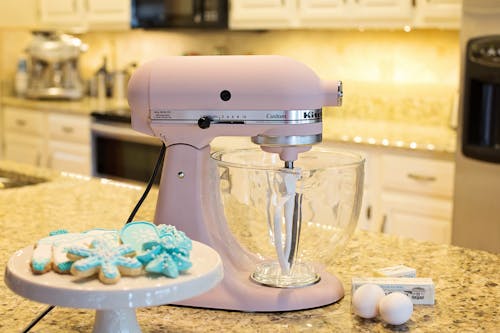
The stand mixer, especially the KitchenAid Model K, earned its legendary status during the Great Depression. It offered a durable, multipurpose solution for mixing dough, whipping cream, and even grinding meat with attachments. Its iconic tilt-head design hasn’t changed much since the 1930s, proving just how timeless it is. Owning one became a badge of culinary seriousness—and a family heirloom in many homes.
What made it revolutionary wasn’t just its power but its permanence. While other gadgets came and went, the KitchenAid stood for craftsmanship and endurance. It became a symbol of home cooking at a time when most meals were made from scratch. Even today, a pastel-colored stand mixer sitting on a countertop evokes nostalgia and aspiration all at once.
4. The Electric Coffee Percolator (1940s)

Before drip coffee makers ruled the kitchen, the electric percolator was the heart of America’s caffeine culture. It brewed strong, aromatic coffee by repeatedly cycling boiling water through grounds, a method that filled kitchens with that signature gurgling sound. By the 1940s, it was standard in most homes, especially as coffee became a morning necessity for working Americans. Sharing a pot of percolated coffee was a ritual—equal parts comfort and community.
The percolator’s rise coincided with America’s growing love affair with convenience. It freed people from stovetop brewing and made coffee-making nearly foolproof. Soldiers returning from WWII brought home a taste for coffee breaks, fueling even more demand. Though drip machines eventually replaced it, the percolator remains a vintage favorite for its unmistakable flavor and charm.
5. The Electric Range (1950s)
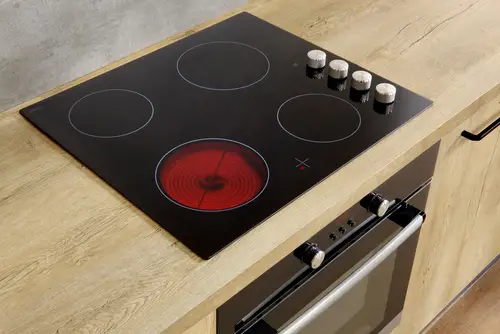
When the electric range took over kitchens in the 1950s, it symbolized both modernity and postwar optimism. It replaced gas stoves in many suburban homes, promising safer, cleaner cooking without open flames. Electric burners, sleek controls, and built-in ovens gave the kitchen a futuristic edge straight out of advertising magazines. Housewives were told they were cooking “the space-age way,” and many believed it.
The electric range also reflected how the kitchen became the center of family life. It supported the boom in casseroles, baked dinners, and new recipes shared in community cookbooks. Manufacturers like General Electric and Frigidaire capitalized on the era’s design obsession, offering pastel-colored models to match décor trends. It was both an appliance and a lifestyle statement.
6. The Blender (1950s)
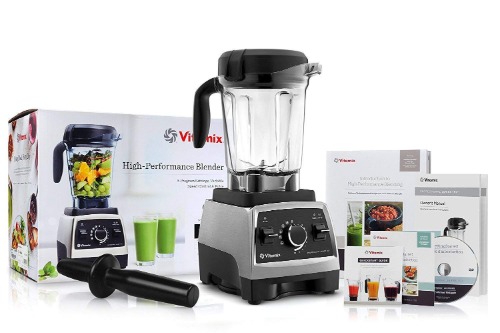
The blender burst onto the scene as Americans embraced milkshakes, smoothies, and mid-century cocktails. Brands like Waring and Osterizer turned it into a must-have appliance for mixing, chopping, and pureeing. It fit perfectly into a culture fascinated by speed and convenience. With its whirring blades and sleek design, it was as entertaining as it was functional.
Beyond novelty, the blender encouraged creativity in the kitchen. Home cooks could experiment with soups, sauces, and frozen drinks that had once required professional equipment. It also played a role in the rise of health-conscious eating, making it easier to blend fruits and vegetables. In short, it made kitchen experimentation accessible to everyone.
7. The Dishwasher (1960s)
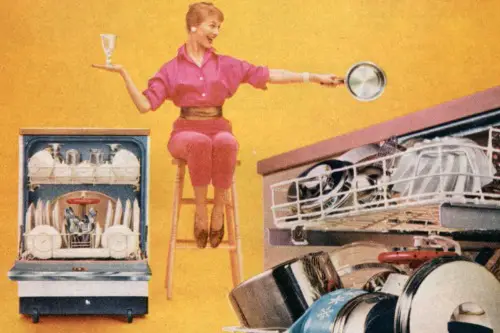
Before dishwashers became mainstream, cleaning up after dinner was an endless task. By the 1960s, as more women joined the workforce, automatic dishwashers promised to reclaim precious time. Brands like KitchenAid and Maytag marketed them as symbols of liberation—one less chore in the daily grind. What once seemed like a luxury quickly became a necessity.
The dishwasher also reflected shifting household dynamics. Families spent less time scrubbing and more time together after meals. It changed how people designed kitchens, with built-in models becoming a standard feature. The simple act of pressing a button to clean dishes felt like a glimpse into the future of domestic life.
8. The Microwave Oven (1970s)
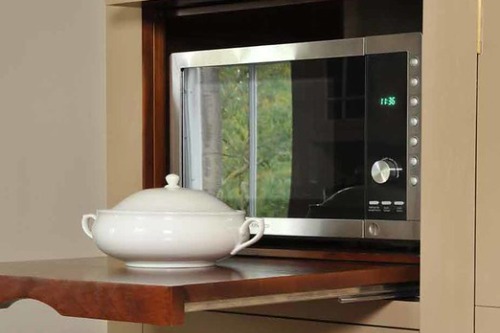
Few inventions reshaped American eating habits like the microwave oven. First popularized in the 1970s, it offered the magic of heating food in minutes—a miracle for busy families. Frozen dinners and popcorn bags became weekday staples, and the “ding” of a finished cycle became a household soundtrack. It revolutionized leftovers and launched an entire genre of convenience foods.
The microwave wasn’t just fast—it changed expectations about meals. People began prioritizing speed over ceremony, which influenced the rise of fast food and instant snacks. It also helped single professionals and college students cook without needing full kitchens. Even critics couldn’t deny how it redefined convenience cooking.
9. The Slow Cooker (1970s)
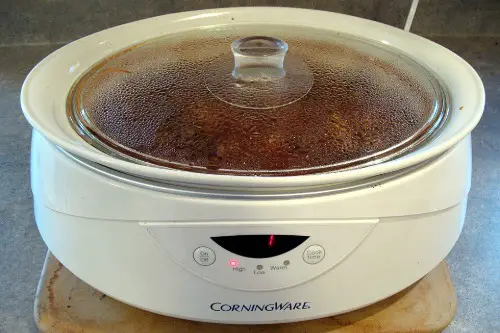
The Crock-Pot became a working parent’s best friend in the 1970s. It allowed cooks to “set it and forget it,” letting tough cuts of meat simmer into tender meals while they were at work. This approach to cooking matched the rhythm of two-income households perfectly. Suddenly, home-cooked dinners were possible without hours spent in the kitchen.
It also tapped into America’s growing love for comfort food. Stews, chili, and pot roasts became easy weekday staples. The slow cooker reflected a blend of tradition and innovation—keeping old recipes alive while fitting them into modern life. Decades later, it remains a trusted companion for easy, hearty meals.
10. The Food Processor (1980s)
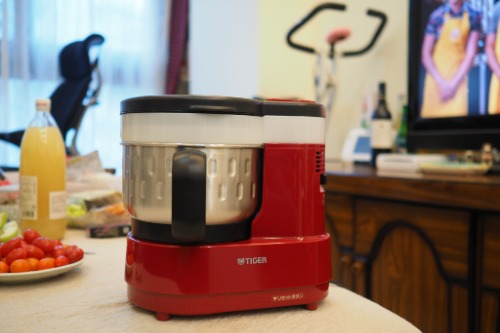
When the Cuisinart food processor hit American counters, it turned tedious chopping and mixing into quick, button-push tasks. Julia Child and other TV chefs swore by it, helping it earn a place in serious kitchens. It brought restaurant-level prep power into home cooking, making pâtés, doughs, and sauces effortless. Suddenly, anyone could cook like a pro.
The food processor also signaled the rise of the gourmet home chef. As cooking shows exploded on television, Americans wanted the tools to match. It encouraged culinary creativity, making complex recipes feel doable. In many ways, it bridged the gap between home and professional kitchens.
11. The Bread Machine (1990s)
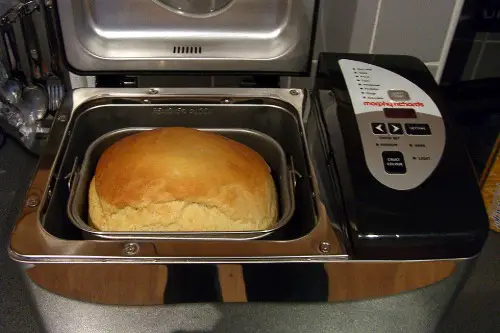
In the carb-loving 1990s, the bread machine felt like a revelation. You could dump in ingredients at night and wake up to the smell of fresh bread—no kneading required. It fit perfectly with the decade’s DIY spirit and love for gadgetry. While its popularity eventually dipped, its impact was real: people rediscovered the joy of homemade food.
The bread machine also previewed the “smart kitchen” era to come. Its programmable timers and simple automation inspired later appliances like Instant Pots. It made artisan-style baking accessible to anyone, not just serious bakers. Even if it now lives in many garages, it had its golden age of warm, crusty glory.
12. The George Foreman Grill (1990s)
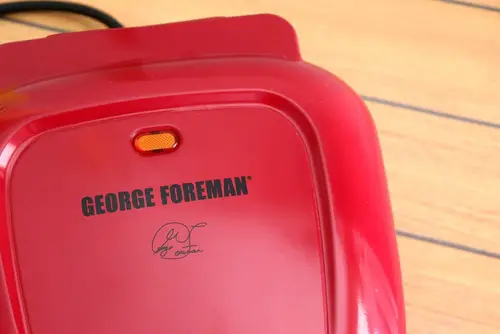
When the George Foreman Grill hit infomercial fame in the mid-’90s, it became a dorm room and bachelor pad essential. Its promise of “lean, mean, fat-reducing grilling” struck a chord in a decade obsessed with fitness. Suddenly, you could cook burgers or chicken in minutes without firing up a stove. It was simple, quick, and surprisingly effective.
The grill’s success went beyond its catchy marketing. It encouraged healthier cooking and made grilling accessible indoors. Millions were sold, proving that good design and personality could sell an appliance as much as performance. For a generation, it was the sound of sizzling success.
13. The Keurig Coffee Maker (2000s)
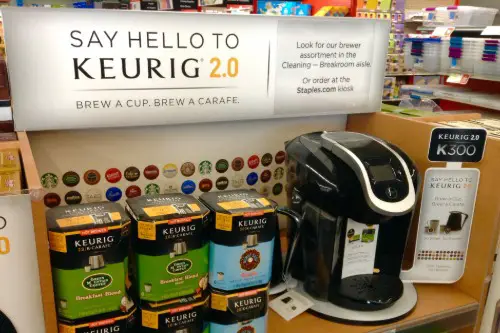
The Keurig changed how Americans drank coffee—one pod at a time. Launched for offices but quickly embraced at home, it offered instant, customizable coffee without the mess. By the mid-2000s, “K-Cups” had become a cultural shorthand for convenience. It perfectly matched the fast-paced lifestyle of the new millennium.
But the Keurig also redefined consumer habits. It shifted coffee from a shared pot to a personal experience. People could brew just one cup, just the way they liked it, in under a minute. It’s hard to imagine modern mornings without that satisfying click and hiss.
14. The Instant Pot (2010s)
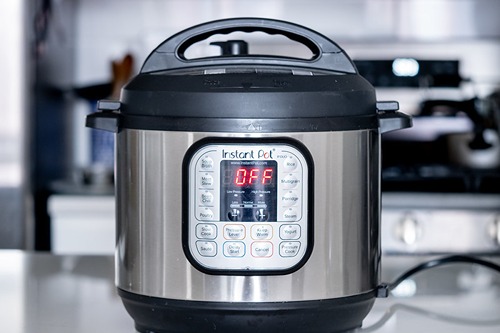
The Instant Pot became a viral sensation, thanks to its promise of pressure-cooked perfection with minimal effort. Combining the functions of a slow cooker, pressure cooker, and rice cooker, it was the multitasker every modern kitchen needed. It let busy people make homemade stews, curries, and even yogurt faster than ever. For a generation that grew up on convenience, it offered comfort without compromise.
Its success was fueled by the internet. Recipe blogs, YouTube tutorials, and Facebook groups turned it into a cultural movement. It symbolized the return of home cooking in the digital age—fast, efficient, and community-driven. The Instant Pot didn’t just cook food; it cooked up a whole new way of connecting over meals.
This post 14 Kitchen Appliances That Defined Generations was first published on American Charm.


